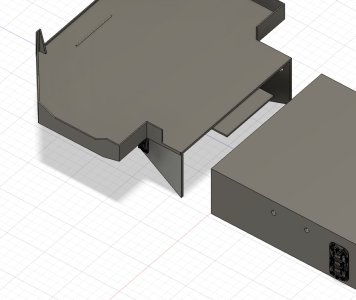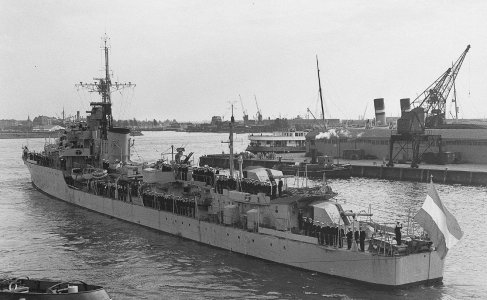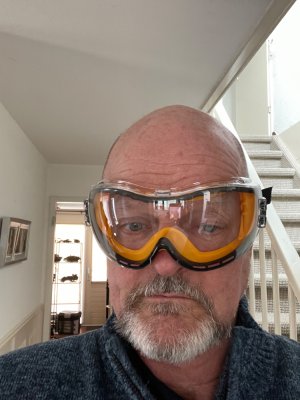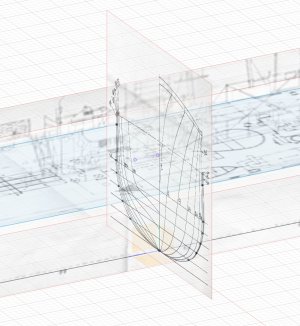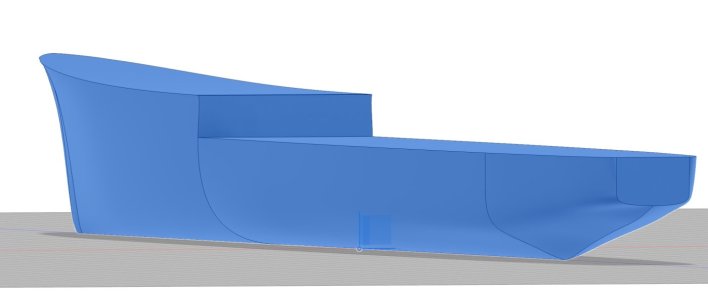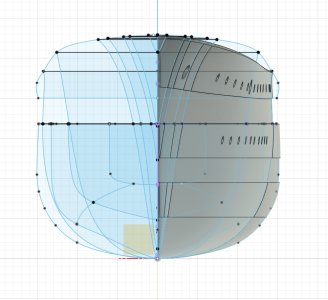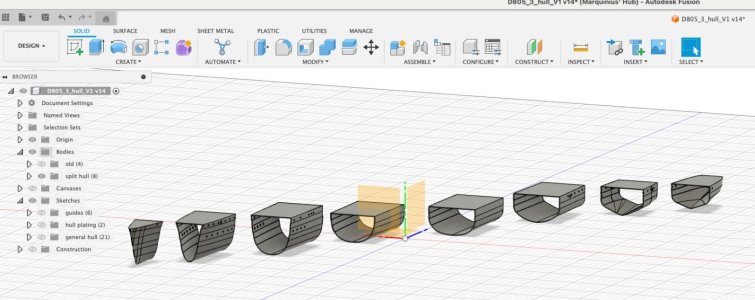- Joined
- Jul 18, 2024
- Messages
- 470
- Points
- 323

So, I walked the dogs, thought a little and made a decision.
We start over. Completely.
D805 part III.
I keep on bumping into small irritators and I really must bury these gremlins.
- I don’t like the hull shape: it’s just not right bow and stern. Too flat. I’d say it’s 85% right. Not good enough, especially as I really love those sweeping lines.
- I don’t like the deckhouses: I’m going to do those in resin. So will have to wrestle detail (simple) vs flat surfaces (hard).
- And the bridge … requires a different cut to make it printable. A mix of surfaces, details and space.
And even before I start the work, I feel renewed energy. So I made the right decision. Sometimes you really must stop repairing and take a few steps back.
Oh boy.
But I’m smiling.
We start over. Completely.
D805 part III.
I keep on bumping into small irritators and I really must bury these gremlins.
- I don’t like the hull shape: it’s just not right bow and stern. Too flat. I’d say it’s 85% right. Not good enough, especially as I really love those sweeping lines.
- I don’t like the deckhouses: I’m going to do those in resin. So will have to wrestle detail (simple) vs flat surfaces (hard).
- And the bridge … requires a different cut to make it printable. A mix of surfaces, details and space.
And even before I start the work, I feel renewed energy. So I made the right decision. Sometimes you really must stop repairing and take a few steps back.
Oh boy.
But I’m smiling.




